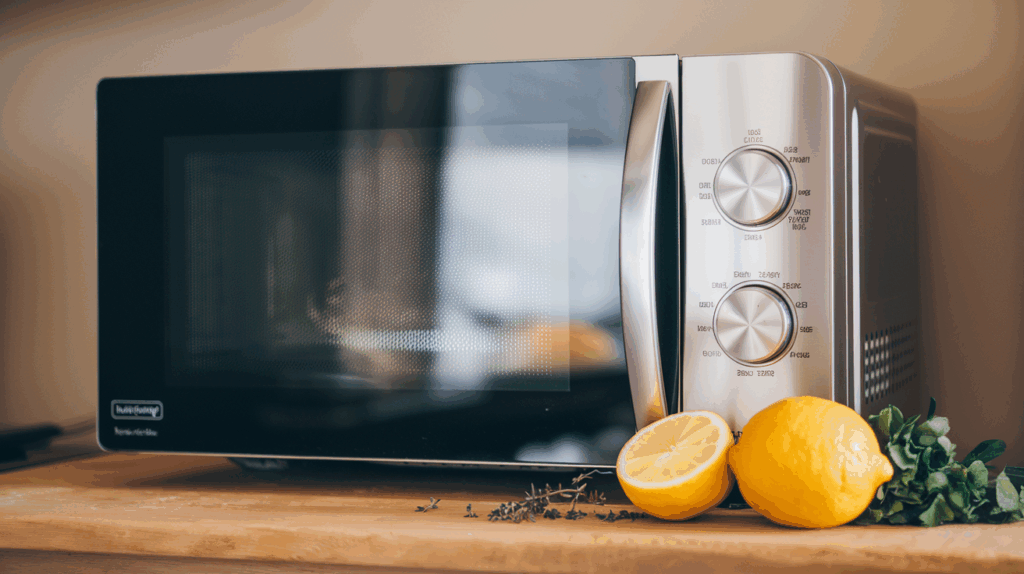
A faulty damper in your LG microwave can disrupt airflow and create potential safety hazards. Replacing it is a straightforward process that can save on repair costs.
What is a Damper and Why Replace It?
The damper regulates airflow and helps vent steam from food during cooking.
Over time, exposure to moisture and food particles can cause the damper flaps to stick or wear out. When this happens, you may notice:
- Excess moisture accumulating inside the microwave
- Steam not venting properly
- Unusual noises, such as squeaking or grinding
- Flaps getting stuck, restricting air circulation
If any of these issues occur, it may be time to replace the damper.
Benefits of a Properly Functioning Damper
Replacing a faulty damper improves microwave performance in multiple ways:
- Better Steam Ventilation: Prevents condensation buildup inside the microwave.
- Even Cooking: Enhances air circulation for more consistent heating.
- Reduced Noise: Stops unwanted squeaks and rattling caused by a malfunctioning damper.
- Lower Maintenance Needs: Helps keep internal components cleaner and free from excessive moisture damage.
- Longer Appliance Lifespan: Reduces strain on other microwave parts, preventing premature wear.
Tools and Materials Needed
- New damper (4900W1A001B) – Check compatibility with your LG microwave model.
- Flathead screwdriver
- Soft cloth or towel – Helps protect surfaces and catch any loose debris.
Safety Precautions
Microwaves contain high-voltage components that can store electricity even when unplugged. To avoid injury, follow these precautions:
- Unplug the microwave before starting any repair.
- Discharge the high-voltage capacitor to prevent electric shock.
- Never operate the microwave with its casing open or safety features bypassed.
- Wear insulated gloves and use insulated tools when handling internal components.
- Allow the microwave to cool if it was recently in use.
- Work in a well-lit, uncluttered area away from children and pets.
- Check the user manual for any model-specific instructions.
How to Install a Damper in an LG Microwave
Follow these steps to replace the damper in your LG microwave safely and correctly.
Preparation
- Choose a clean, stable surface such as a countertop or sturdy table.
- Lay a towel or soft cloth on the surface to prevent scratches.
- Set up proper lighting and clear enough space to work comfortably.
Unplug and Remove the Old Damper
- Unplug the microwave from the power source.
- Place the microwave on the towel to avoid surface damage.
- Locate the damper near the vent system inside the microwave.
- Identify how the damper is secured, typically by pins or brackets.
- Lift one end of the damper gently to release it from the bracket or pin.
- Use a flathead screwdriver if needed to pry the other end out of its bracket.
- Remove the damper carefully without damaging nearby components.
Install the New Damper
- Align one end of the new damper with the corresponding bracket or pin.
- Insert the damper gently into place.
- Secure the other end, using a flathead screwdriver if needed to fit it into the bracket.
- Check that the damper sits firmly without loose parts.
Testing
- Plug the microwave back into the power source.
- Turn on the microwave and observe the damper’s movement.
- The damper should open and close smoothly to regulate airflow.
- If the damper does not move correctly, unplug the microwave and check for misalignment.
Also read: How to Replace a Microwave Turntable Motor
Key Takeaways
A broken damper might seem like a minor problem, but it can seriously affect how your microwave works. If steam lingers inside, food heats unevenly, or you hear odd noises, this small part could be the cause. Replacing it doesn’t take much time or effort, but it helps your microwave last longer and work better.
Waiting to fix it can lead to bigger problems later. If your microwave has been acting up, this simple repair might be all it needs. Good airflow means quieter operation, better cooking, and fewer issues overall. If you’ve noticed trouble, now’s a good time to check the damper.
